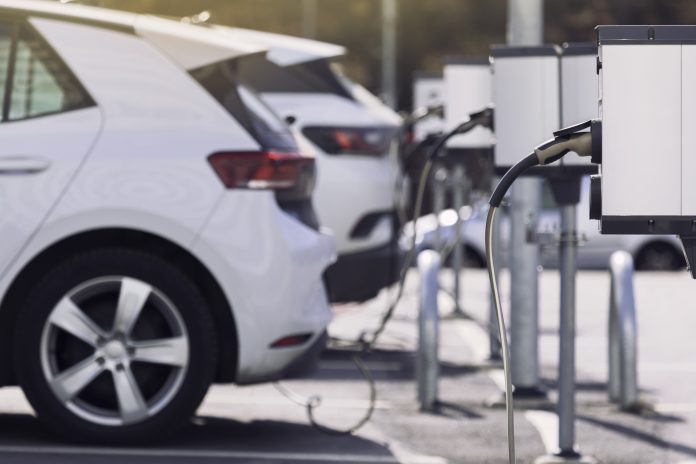As the global push towards electric vehicles (EVs) intensifies, ensuring accessibility for all drivers, including those with disabilities, remains crucial
Recent research highlights barriers that stop disabled drivers from adopting EVs as their primary mode of transport.
Electric vehicles are accessible to all
A report by the Motability Foundation reveals that while over 70% of wheelchair-accessible vehicle (WAV) users have considered switching to electric models, many are deterred by inadequate infrastructure and vehicle design.
Insufficient public charging points and poorly designed EVs are major challenges. For instance, charging cables are often too heavy, and the positioning of infotainment systems may not accommodate diverse seating needs, impacting usability for disabled drivers.
The study highlights the urgent need for more accessible public EV charging infrastructure. Currently, many charging stations lack accommodations such as longer leads for wheelchair users and properly sized parking bays for adapted vehicles.
The absence of dropped kerbs near charge points complicates accessibility further.
Guidelines for accessible EV charging points
In response to these challenges, initiatives like the BSI PAS 1899 standard have been developed to set guidelines for accessible EV charging points.
This standard, co-sponsored by the Motability Foundation and the government, ensures that all public charge points meet minimum accessibility criteria. Local councils are increasingly adopting these standards in their plans for expanding EV infrastructure, signalling a positive step towards inclusivity in transportation.
The future of electric vehicles
Looking ahead, experts suggest that fleet managers also play a crucial role in enhancing accessibility within their operations. Recommendations from PAS 1899 can be applied to fleet vehicles, ensuring that larger parking spaces and obstruction-free charging areas are prioritised.
Addressing these accessibility challenges is essential to ensure that the benefits of electric mobility are accessible to all individuals, regardless of their physical abilities.











